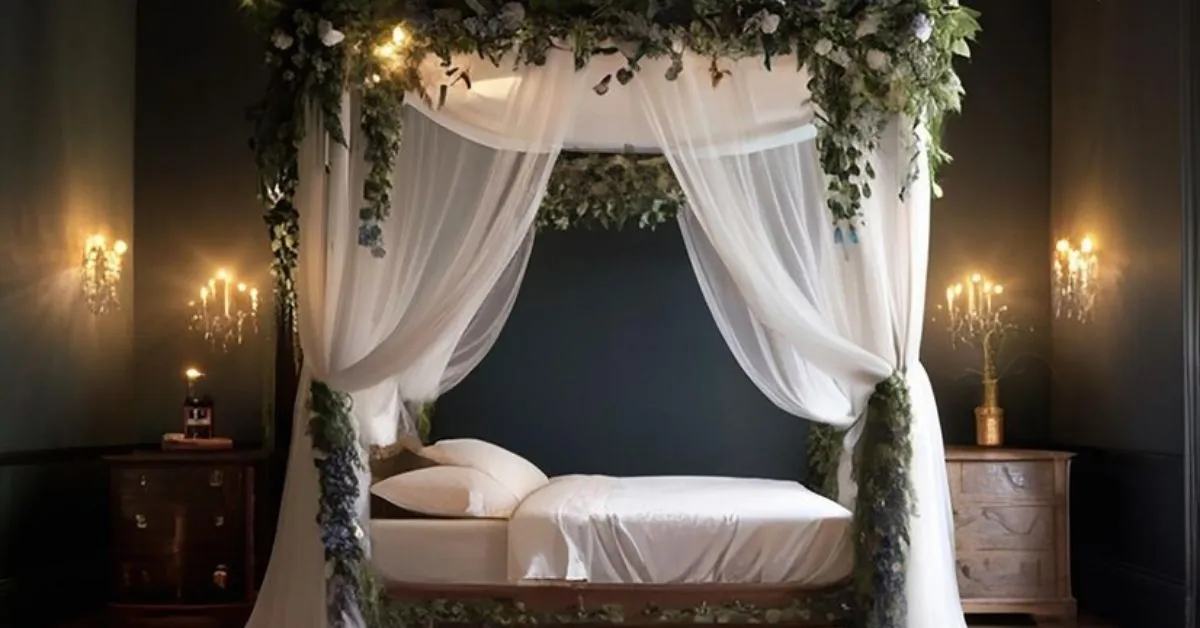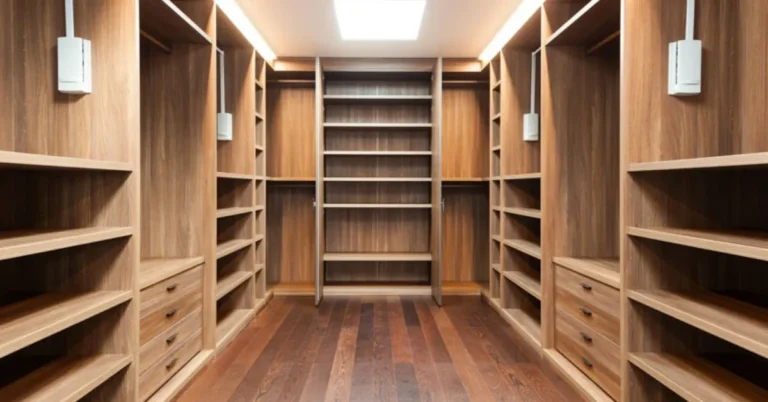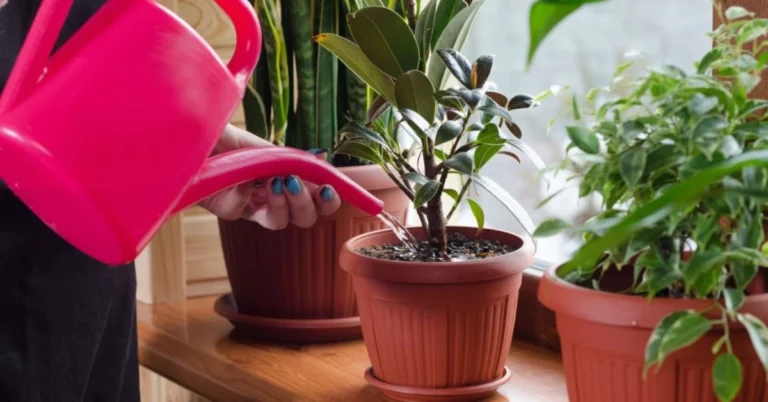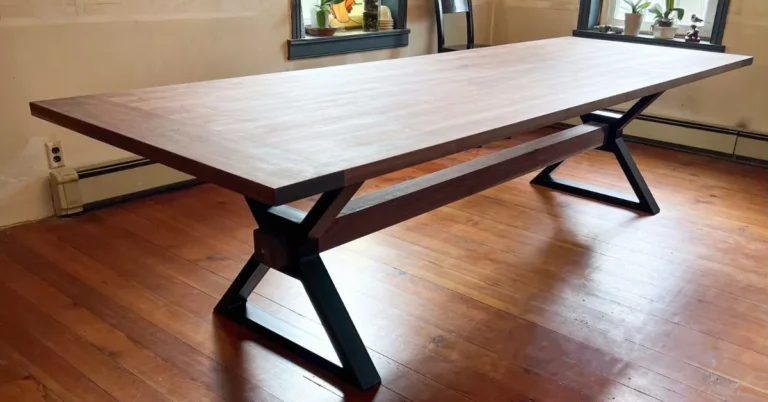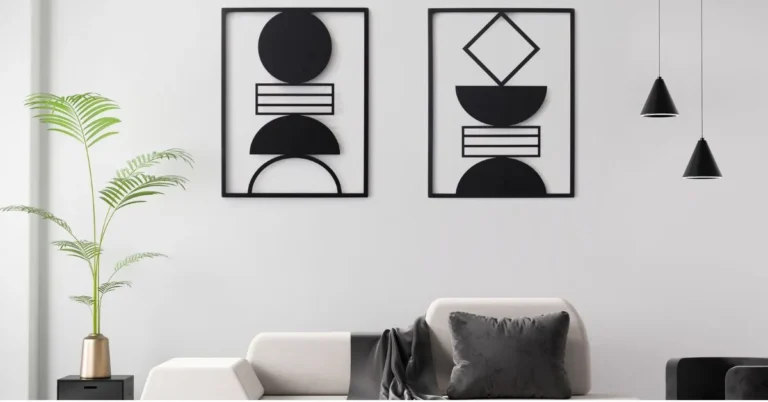The Timeless Elegance of Canopy Beds: A Comprehensive Guide
Canopy beds are more than just a piece of furniture; they are a symbol of luxury, history, and comfort. From medieval castles to modern bedrooms, these beds have remained a popular choice, blending function with style. This guide explores the fascinating history, features, types, and benefits of canopy beds, along with practical tips for incorporating them into your home.
History of Canopy Beds
The Origins: Function Meets Elegance
The canopy bed emerged out of necessity during medieval times when central heating was nonexistent. In shared rooms, curtains around the bed provided warmth, privacy, and protection from cold drafts. For the wealthy and nobility, these beds also served as a statement of status and opulence, often adorned with intricate carvings and luxurious fabrics.
The Evolution of Design
Medieval canopy beds often featured “hung celours,” fabric canopies suspended from ceiling beams by cords. These designs allowed for easy dismantling and storage, making them functional and portable. By the 16th century, ornately carved bed frames with rich textiles became the standard for aristocrats. In Scotland, canopies were referred to as “roofs” or “chapel roofs,” emphasizing their grandeur.
Canopy Beds in Eastern Culture
In pre-Republican China, canopy beds were the most significant household furniture, often part of a bride’s dowry. These beds were intricately decorated with motifs symbolizing fertility, longevity, and marital happiness. Similarly, in Germany, the Himmelbett (traditional canopy bed) became a cultural icon during the Wirtschaftswunder era, blending tradition with industrial production.
Modern Canopy Beds
Traditional vs. Contemporary Designs
Modern canopy beds cater to diverse tastes, generally falling into two categories:
Traditional Canopy Beds: These designs feature Victorian aesthetics, intricately carved wooden frames, and elaborate draping with pleated or heavy fabrics.
Contemporary Canopy Beds: Minimalist in style, these beds utilize clean lines, sharp geometric designs, and a combination of wood and metal, often foregoing excessive detailing.
Functional Components of Modern Canopy Beds
Understanding the parts of a canopy bed can help in selecting the perfect design for your home:
- Bed Frame: The base that supports the mattress and box spring.
- Bedposts: Vertical posts extending from the floor to the canopy.
- Canopy Crown: The topmost part, acting as the roof of the bed.
- Bed Rails: Horizontal supports connecting the headboard and footboard.
- Finials: Decorative caps that add flair to bedposts.
- Schrooms: Fringe material that adds a decorative touch to the canopy’s edge.
Why Choose a Canopy Bed?
Aesthetic Appeal
A canopy bed acts as a focal point in any bedroom, elevating the space with its luxurious and dramatic presence. Whether traditional or modern, these beds make a statement.
Enhanced Comfort
The curtains or drapes surrounding a canopy bed create a cozy, cocoon-like atmosphere, ideal for restful sleep. They also help block out light and reduce noise, promoting a better sleep environment.
Versatility
Canopy beds come in various styles and sizes, making them suitable for any bedroom, from a spacious master suite to a compact guest room.
Practical Benefits
Canopy beds provide additional privacy and insulation, making them practical for shared rooms or colder climates. Modern designs often incorporate features like storage drawers or customizable frames.
Incorporating a Canopy Bed into Your Home
Selecting the Right Style
- For Traditional Décor: Opt for intricately carved wooden frames and rich fabrics like velvet or damask.
- For Modern Interiors: Choose sleek metal or wooden frames with minimalistic designs. Neutral or monochromatic drapes work well.
Choosing the Perfect Size
- King and Queen Sizes: Ideal for master bedrooms, offering grandeur and comfort.
- Twin or Full Sizes: Great for guest rooms or children’s bedrooms, providing functionality without overwhelming the space.
Accessorizing Your Canopy Bed
- Use fairy lights or sheer curtains for a whimsical touch.
- Add matching bedding and pillows to enhance the cohesive look.
- Incorporate complementary furniture, such as nightstands or benches, to complete the aesthetic.
Canopy Beds for Every Room
Master Bedroom
A canopy bed can serve as the centerpiece of a master bedroom. Pair it with luxurious fabrics, chandeliers, and plush rugs for an elegant ambiance.
Children’s Bedroom
For kids, canopy beds can be fun and functional. Add colorful drapes or themed decorations to create a magical retreat.
Guest Room
A smaller canopy bed in a guest room can make visitors feel pampered and comfortable, offering a hotel-like experience.
Maintenance Tips for Canopy Beds
Cleaning the Frame
Regularly dust the bed frame with a soft cloth. For wooden frames, use a wood cleaner, and for metal frames, a mild detergent works well.
Washing Curtains or Drapes
Follow the care instructions for your bed curtains. Most fabrics can be machine washed or dry cleaned.
Inspecting Hardware
Periodically check bed rails, canopy crowns, and finials for stability and tighten any loose parts.
Preventing Wear and Tear
Avoid overloading the bed frame with excessive weight and protect it from scratches by using furniture pads.
Where to Buy Canopy Beds
Online Retailers
Websites like Wayfair, Amazon, and Overstock offer a wide range of canopy beds, from budget-friendly options to high-end designs.
Specialty Stores
Luxury furniture brands often provide custom canopy bed designs, allowing you to select materials, sizes, and finishes.
Second-Hand Options
Antique stores and online marketplaces like eBay or Craigslist can be excellent sources for unique, vintage canopy beds.
Conclusion
Canopy beds are a timeless addition to any home, blending history, style, and practicality. From their origins in medieval Europe to modern interpretations, these beds have evolved while retaining their core appeal. Whether you seek a cozy retreat or a statement piece, a canopy bed offers the perfect solution. With numerous styles, sizes, and customization options, they remain an enduring favorite for creating beautiful and functional bedrooms.
FAQS
What is a canopy bed?
A canopy bed is a bed with a frame supporting a fabric canopy, often with curtains for privacy, warmth, and decoration.
What are the benefits of a canopy bed?
Canopy beds provide aesthetic appeal, enhanced privacy, warmth, and noise reduction, making them both stylish and functional.
What materials are commonly used in canopy beds?
Canopy beds are typically made of wood, metal, or a combination of both, with options for traditional or contemporary designs.
How do I maintain a canopy bed?
Regular dusting, washing curtains, inspecting hardware, and protecting the frame from damage are key to maintaining a canopy bed.
Can a canopy bed fit in a small room?
Yes, smaller canopy bed designs are available, and lighter materials and minimalistic styles can prevent the room from feeling cramped.
